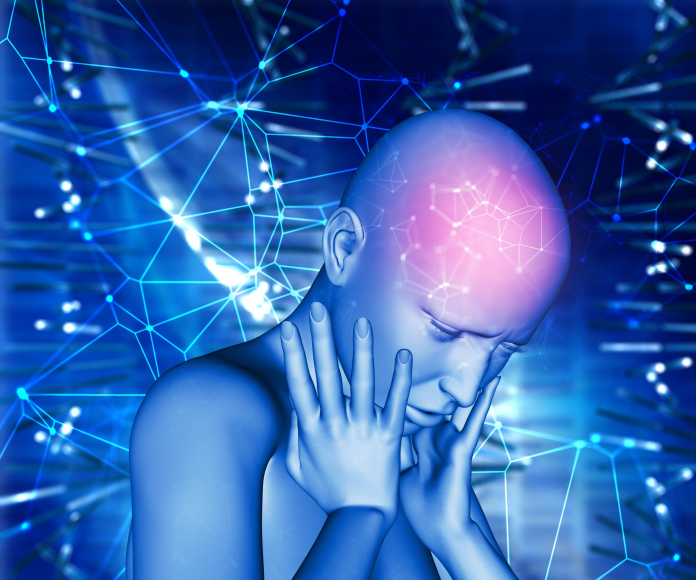Addiction, a complex and often challenging condition, affects millions of people worldwide.
Symptoms of addiction usually include, but are not limited to, compulsive drug use or other compulsive behavior regardless of the involved negative consequences.
While addiction is often discussed in terms of behavior and personal choices, it is crucial to understand that addiction also has profound effects on the brain.
In this article, we will explore how addiction changes the brain, shedding light on the underlying mechanisms that contribute to this chronic and relapsing disorder.
Understanding these changes is essential in comprehending the significance of drug rehab and the importance of comprehensive treatment approaches.
The Effects of Addiction on the Brain
Reward Pathway Disruption:
One of the primary ways addiction affects the brain is by disrupting the reward pathway, also known as the mesolimbic pathway.
This pathway involves the release of dopamine, a neurotransmitter associated with pleasure and reward.
When a person uses drugs, especially highly addictive substances, they activate the release of large amounts of dopamine, leading to intense feelings of euphoria.
However, with repeated drug use, the brain’s reward system becomes dysregulated. The brain adapts to the surges of dopamine and reduces its natural production of this neurotransmitter.
As a result, individuals may experience diminished pleasure from normal activities and require higher doses of drugs to achieve the same level of euphoria. This phenomenon, known as tolerance, is a hallmark of addiction.
Brain Circuitry Changes:
Prolonged drug use can lead to changes in the brain’s circuitry, particularly in areas involved in decision-making, impulse control, and stress regulation.
The prefrontal cortex, a region responsible for executive functions, becomes impaired in individuals with addiction.
This impairment can lead to poor judgment, difficulty in controlling impulses, and diminished self-control.
Additionally, the amygdala, a part of the brain involved in processing emotions and stress responses, becomes hypersensitive in individuals with addiction.
This heightened sensitivity contributes to intense drug cravings and the prioritization of drug-seeking behaviors over other important aspects of life.
Neurotransmitter Imbalances:
Addiction also disrupts the balance of neurotransmitters in the brain, influencing mood, motivation, and cognitive functions.
Drugs can either mimic or interfere with the normal function of neurotransmitters such as dopamine, serotonin, and norepinephrine. This disruption can result in profound changes in mood, including increased anxiety, depression, and anhedonia (inability to experience pleasure).
Furthermore, the chronic use of drugs can lead to deficiencies in certain neurotransmitters, contributing to symptoms of withdrawal when drug use is discontinued.
These imbalances can make it challenging for individuals to quit using drugs and maintain abstinence without proper treatment and support.
The Role of Drug Rehab:
Drug rehab plays a crucial role in addressing the brain changes associated with addiction.
Here’s how:
Detoxification:
In drug rehab programs, the first step often involves a medically supervised detoxification process.
This allows the body to rid itself of drugs and manage withdrawal symptoms safely. Detoxification helps stabilize the individual physically and prepares them for the next phases of treatment.
Behavioral Therapies:
Behavioral therapies are integral components of drug rehab programs.
These therapies aim to modify harmful behaviors and thought patterns associated with addiction. They help individuals develop healthier coping strategies, improve decision-making skills, and enhance impulse control.
Behavioral therapies also address underlying issues and co-occurring mental health disorders that contribute to addiction.
Medication-Assisted Treatment:
Medication-assisted treatment (MAT) combines behavioral therapies with medications that target specific brain receptors affected by addiction.
These medications, such as methadone, buprenorphine, or naltrexone, help reduce cravings, manage withdrawal symptoms, and restore balance to neurotransmitter systems.
MAT can be highly effective in supporting individuals throughout their recovery journey.
Holistic Approaches:
Drug rehab programs frequently incorporate holistic approaches to support overall well-being. These may include physical fitness, mindfulness practices, art therapy, and support groups.
These complementary therapies address the physical, emotional, and spiritual aspects of recovery, promoting a comprehensive approach to healing.
Addiction is a complex disorder that profoundly impacts the brain, disrupting the reward pathway, altering brain circuitry, and imbalancing neurotransmitters.
Understanding the neurological changes associated with addiction helps highlight the importance of comprehensive drug rehab programs.
These programs address the underlying brain changes through detoxification, behavioral therapies, medication-assisted treatment, and holistic approaches.
By focusing on healing both the brain and the individual as a whole, drug rehab programs offer hope and support for individuals seeking recovery from addiction.
Image by kjpargeter from freepik
The editorial staff of Medical News Bulletin had no role in the preparation of this post. The views and opinions expressed in this sponsored post are those of the advertiser and do not reflect those of the Medical News Bulletin. Any Web sites linked from Medical News Bulletin site are created by organizations outside of Medical News Bulletin and are the sole responsibility of those organizations. These links are strictly provided by Medical News Bulletin as a convenience to you for additional information only. Medical News Bulletin does not approve or endorse the content on any third-party Web sites and is not responsible for the content of linked third-party sites or third-party advertisements, as well as does not make any representations regarding their content or accuracy. Your use of third-party web sites is at your own risk and subject to the terms and conditions of use as per such sites policies. Medical News Bulletin does not provide specific medical advice, diagnosis or treatment and hereby disclaims any assumption of any of the obligations, claims or liabilities..



